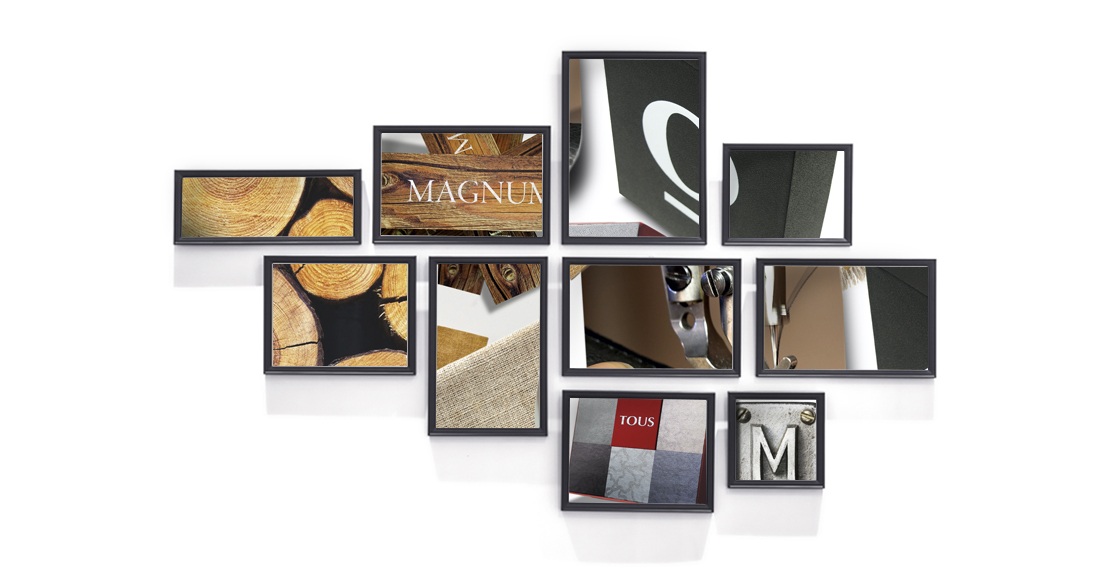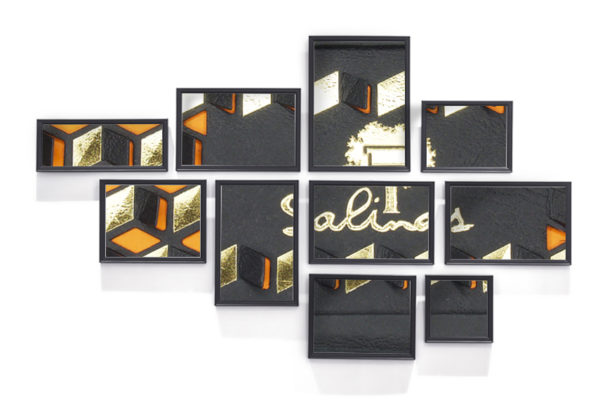
SENSORIAL PACKAGING, COMMUNICATING THOUGH TOUCH
Paper and board have many important characteristics: their recyclability, biodegradability, lightness, their ability to withstand a wide variety of printing processes and its adaptability to different transformation processes.
But the most magical thing about this material is its ability to mimic reality to offer us textures that, through touch, project images in our brain that have nothing to do with paper or cardboard.
Assuring a box’s texture matches the intention and essence of the product it holds is as important as decide on its colour, shape or size.
The senses are a very powerful way to leave a memory in the consumer, this is called Sensorial Marketing or marketing of the senses.
In products such as cosmetics, perfumes, wine, champagne, etc., the packaging is the customer’s first contact with the product. In these cases, touch is not only an aesthetic element, it helps communicates a brand’s identity and creates a twofold interaction with the product: a visual reading and a tactile reading, the latter of which generates a perception, feeling and memory.
This is one more application of the well-known neuromarketing, according to which each stimulus provoked by the activity of nerve endings is a different experience that can be reflected in marketing.
Be in contact with a certain texture involves an interaction with the product itself (with a perfume before smelling it or with a wine before tasting it), it can help to appreciate the features and quality of a product. This direct contact with the packaging and texture will enhance the feeling of ownership, this concept is known as My selling proposition (MSP).
The objective is to awaken emotions that have much more strength than our rational side, if we take into account that more than 80% of the decisions we make every day come from our subconscious side, and that we are more and more immune to traditional advertising stimulus, we will understand why it is so important to use neuroscience in our marketing strategies and packaging design.
We are sensory creatures, so the objective of neuromarketing according to Martin Lindstrom in his book Buyology is to achieve an emotional behaviour with the consumer to remember the brand, and to remain in their memory must touch the fibre of their feelings, so you have to create a story with which they can identify and engage.
We present you a very interesting Mood Board, based on textures of different papers, through which you can build a great brand discourse and a great sensorial packaging.




